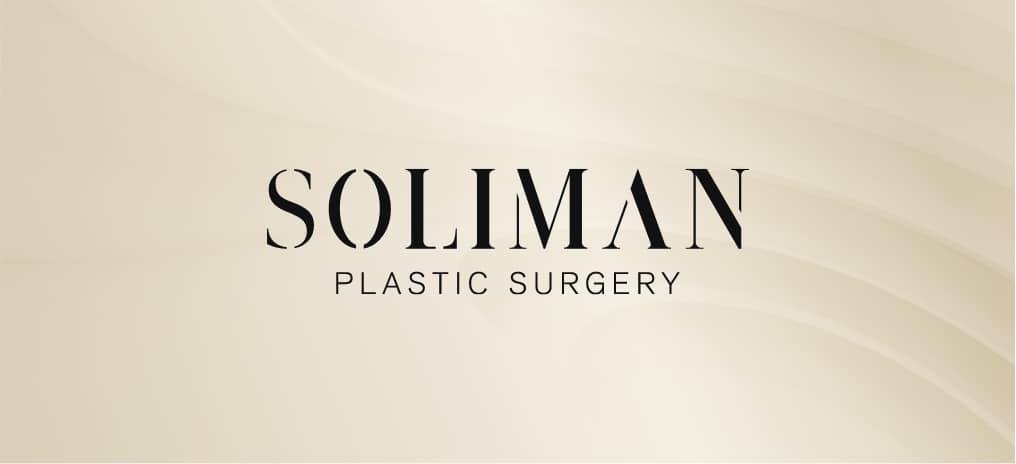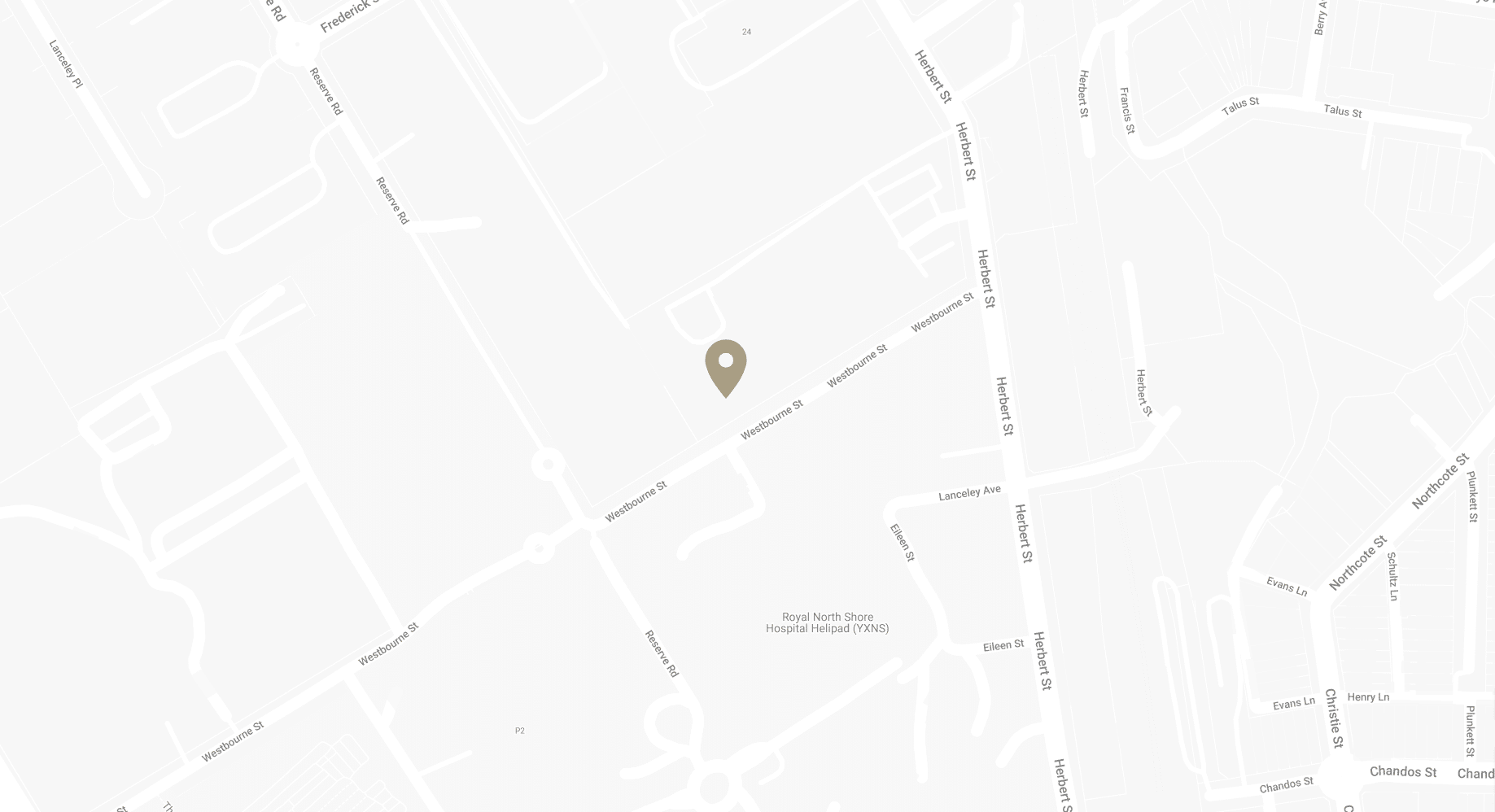What to Expect during Recovery after Breast Augmentation Surgery
Breast augmentation is a surgical procedure performed with the use of breast implants or fat transfer or both, depending on individual preferences and medical recommendations. Before you decide to undergo this procedure, it’s important to understand what the recovery after breast augmentation surgery entails. This ensures that you set realistic expectations, which plays a pivotal role in post-surgery satisfaction.
Specialist Plastic Surgeon Dr Bish Soliman performs both breast reconstruction and aesthetic breast surgery.
Download Dr Bish Soliman Cosmetic Breast Surgery Guide

Introduction to the Post-Op Phase
The period following breast augmentation, commonly referred to as the post-operative or post-op phase, is as significant as the procedure itself. It plays a decisive role in determining the success of the surgery and the overall satisfaction of the patient. This phase requires attention, care, and understanding, paving the way for an optimal healing process.
The Importance of Knowing What to Expect
- Mental and Emotional Preparation: By understanding what to expect post-surgery, you can better prepare mentally and emotionally. This awareness can help alleviate anxiety and apprehension, leading to a more positive recovery experience
- Setting Realistic Expectations: While anticipation and excitement about the final results are natural, it’s vital to recognise that the immediate aftermath might involve swelling, discomfort, and other temporary changes. Knowing this ahead of time ensures no surprises
- Informed Decision-Making: With a clear grasp of the post-op phase, patients can make informed decisions about essential aspects like time off work, enlisting help for daily chores, or even simple activities like driving
- Risk Minimisation: Being informed means being equipped to recognise potential complications early on. Swift identification and action can often mitigate severe health risks
Lifestyle Adjustments for Optimal Healing
Healing post-breast augmentation isn’t just about the physical. It encompasses various aspects of one’s life that may need adjustment to ensure the best results. Fine-tuning these areas not only enhances recovery but also minimises potential complications.
Resuming Work and Daily Activities
After undergoing breast augmentation, the transition back to every day routines is not instantaneous. It’s essential to pace yourself and know your limits:
Work Considerations
- Desk Jobs: If your job mainly involves sitting and minimal physical exertion, you will be able to return within a week or two, depending on your comfort
- Physically Demanding Jobs: For jobs that require lifting, stretching, or intense movement, a more extended recovery period might be needed. It could range from several weeks to even a month
- Gradual Reintegration: Consider starting with part-time or flexible hours, ensuring you don’t push your body excessively
Daily Tasks and Chores
- Tasks like cooking, laundry, and shopping should be minimised or avoided in the initial recovery phase
- It’s advisable to prepare meals in advance or have someone assist with these duties.
- Avoid heavy lifting or any actions that strain the chest
Sleep and Comfort
Sleep is a fundamental element of the healing process. But after surgery, finding a comfortable position can be a challenge:
- Elevation is Key: Using several pillows or a recliner to keep the upper body elevated can help reduce swelling and provide comfort
- Avoiding Direct Pressure: Lying flat on your back or stomach might exert pressure on the surgical area. It’s best to avoid these positions initially
- Supportive Sleepwear: Wearing a post-surgical or supportive bra, even while sleeping, can offer necessary support and minimise movement, promoting healing
Diet during Breast Augmentation Recovery
Nutrition can significantly influence recovery. Ensuring you provide your body with the right nutrients can expedite healing:
Nutrient-Rich Foods
- Consuming foods high in vitamins (like vitamin C) can aid in tissue repair
- Protein-rich foods like lean meats, tofu, beans, and lentils can support muscle and tissue healing
Avoiding Certain Foods and Drinks
- Alcohol and caffeine can affect your body’s healing process and may interact with prescribed medications. It’s advisable to limit or avoid them
- High-sodium foods can exacerbate swelling; thus, moderating salt intake can be beneficial
Hydration
- Drinking adequate water supports skin elasticity and helps flush out toxins, aiding in quicker recovery.
- Aim for at least 8 glasses a day, but always follow specific recommendations provided by your healthcare provider.
Breast Augmentation Recovery Timeline
First 24 Hours Post-Op
The first day after your breast augmentation can be a mix of emotions and physical sensations. It’s common to experience feelings of soreness, fatigue, and tightness in the chest area. These sensations are a natural part of the body’s healing process. Additionally, due to the effects of anaesthesia, you might also feel slightly nauseous or drowsy.
During this period, it’s paramount to have someone you trust by your side. Whether it’s a family member, a close friend, or a caregiver, their assistance can be invaluable. They can help with tasks like getting you home from the hospital, ensuring you’re comfortable, and assisting with basic needs like meals and medication. Remember, this initial phase is temporary, and with each passing hour, you’re one step closer to recovery.
The First Week
The week following your breast augmentation surgery is a crucial time for healing. While the most intense sensations of discomfort usually subside after the first few days, it’s essential to remain cautious and attentive to your body’s needs. Mild pain or discomfort might persist, but the intensity should noticeably decrease as days go by.
During this period, it’s vital to avoid certain activities, especially those that involve lifting heavy objects or raising your arms above your head. Such movements can strain the surgical area, leading to complications like irritation or even bleeding. During this time, your breast implants also start to settle into their final position. Following post-operative advice, such as gentle massages, can aid in relaxing the muscles around the implants and reducing any residual swelling.
Weeks 3 to 4
By the third week post-surgery, you’ll likely notice significant improvements in how you feel. Pain and discomfort should be minimal, if not entirely gone. Swelling and bruising, which are common post-operative symptoms, should havebeen considerably reduced. However, some residual bruising might persist.
Dr Bish Soliman might recommend light exercises to reintroduce physical activity into your routine. These exercises can help improve blood circulation, promote healing, and maintain flexibility. It’s still essential to avoid strenuous activities that might exert pressure on the chest area. Wearing post-surgical bras or front closure bras can continue to support the healing process, ensuring that the implants stay in place and the surgical area remains protected.

FAQs about Breast Augmentation Surgery and Recovery
What exactly is breast augmentation, and how does it differ from other breast surgeries?
- Breast augmentation is a surgical procedure designed to increase breast size and enhance breast shape. This is typically achieved using implants—primarily silicone—or fat transfer, wherein fat is taken from another part of the patient’s body and injected into the breasts. Breast augmentation focuses on increasing the size and enhancing the shape of the breast. In contrast, a breast lift (mastopexy) aims to raise sagging breasts by removing excess skin and tightening the breast tissue. Some patients opt for a combination of both augmentation and lift to achieve their desired size. On the other hand, breast reduction surgery focuses on reducing the size of the breasts to alleviate discomfort caused by heavy breasts.
What are the potential risks and complications associated with breast augmentation?
Like all surgical procedures, breast augmentation has its inherent risks. Some potential complications include:
- Infection: Post-operative infections are a concern with any surgery. It’s essential to follow care guidelines to prevent this
- Haematoma: Collection of blood, this can occur in the first 72 hours post procedure and is not life threatening. If it occurs, then a second procedure will be required
- Capsular contracture: This refers to the scar tissue that forms around the implant, which can harden and may cause the breast to feel tight or appear unnatural
- Implant leakage or rupture: Over time, implants may rupture or leak. Saline implant leaks are noticeable as the breast size decreases, while silicone leaks can be harder to detect
- Altered sensation: Some patients may experience a change in nipple or breast sensation, which can be temporary or permanent
- Implant malposition: The implant can shift from its intended position, leading to asymmetry
Regular check-ups and communication with Dr Bish Soliman and his nurse are crucial to address and manage potential complications.
How long do breast implants last? Do they need to be replaced?
- Breast implants are not considered lifetime devices. On average, they can last anywhere from 10 to 20 years without complications. Many factors, such as the type of implant, surgical technique, and individual factors, can influence the implant’s longevity. Over time, the shape and consistency of breasts can change due to ageing, weight fluctuations, hormonal factors, and gravity. As a result, patients may choose to replace or remove their implants. Regular monitoring, often via imaging techniques like MRI, is recommended to check the condition of silicone implants.
How long is the recovery period after breast augmentation?
- Recovery from breast augmentation varies from patient to patient. Generally, patients can expect to resume light activities within a few days. However, strenuous exercises and heavy lifting should be avoided for at least 4-6 weeks. Immediate post-operative symptoms might include swelling, bruising, and mild pain, which usually subside within a week or two. Wearing a supportive surgical bra is often recommended during the initial recovery phase to support the new breast contour and minimise swelling. Regular follow-ups with Dr Bish Soliman and his nurse are vital to monitor healing and ensure that no complications arise.
How do I decide between saline and silicone implants?
Both saline and silicone implants have their advantages and considerations:
- Saline implants: These are filled with sterile salt water. They can be inserted empty and then filled during surgery, allowing for a smaller incision. Should they rupture, the saline is safely absorbed by the body. They might, however, provide a less natural feel than silicone, especially in women with less natural breast tissue
- Silicone implants: These come pre-filled with a gel that feels somewhat like natural breast tissue. Many patients believe they feel more natural than saline implants. A larger incision is usually required for silicone implants. They also necessitate regular check-ups to ensure they’re not leaking
Can I still get breast cancer surveillance?
- Yes, you should still get regular screening mammograms as recommended. It’s important to tell the proceduralist you have implants before your mammogram. Medical studies have shown that breast implants DO NOT affect surveillance or diagnosis.
Further Reading about Breast Surgery with Dr Bish Soliman
- Read Dr Soliman’s Breast Reduction Surgery Page
- Read Dr Soliman’s Breast Lift (Mastopexy) Surgery Page
- Read Dr Soliman’s Breast Augmentation Surgery Page
- Read Dr Soliman’s Blog about Scars after Breast Reduction for Best Results
- Read Dr Soliman’s Breast Implant Removal Surgery Page
- Read more about Getting Back to Exercise after Breast Enlargement Surgery
- Read more about Are My Breast Implants Ruptured?
Medical References about Recovery after Breast Augmentation
- How Long Is the Recovery for A Breast Augmentation? – American Society of Plastic Surgeons
- Breast Enlargement (implants) – NHS
- Breast Augmentation – American Society of Plastic Surgeons
- Breast Augmentation – Mayo Clinic
- Breast Implants – Web MD



